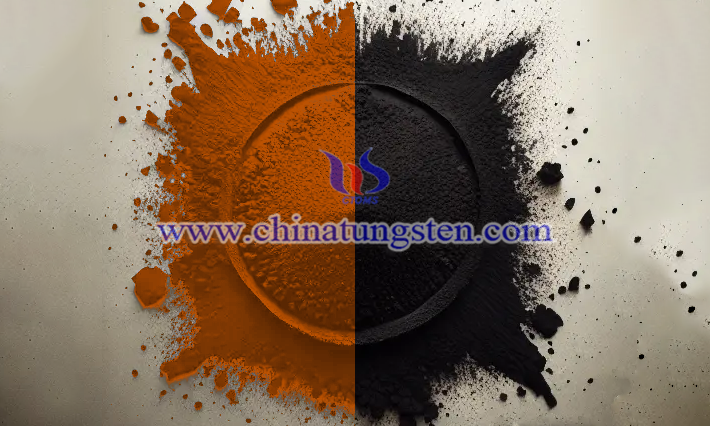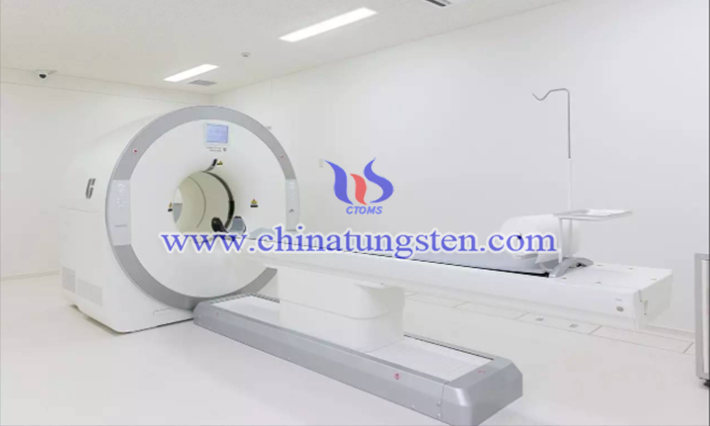What Are the Differences Between Tungsten Diiodide Molecules and Tungsten Diiodide Clusters?
- Details
- Category: Tungsten Information
- Published on Sunday, 12 November 2023 14:16
Tungsten diiodide molecules and clusters differ in structure and interaction force.
Structure
Tungsten diiodide (WI2) is a chemical unit formed by the chemical bonding of two or more iodine and tungsten atoms, and tungsten diiodide clusters ([W6I8]4+) are stable polymers composed of several to thousands of tungsten iodide atoms, molecules, and ions. Tungsten diiodide clusters are larger than their molecules, ranging in size from nanometers (10-9m) to submicron (10-6m), and have spherical, chain, layer, and other forms, while the structure of tungsten diiodide molecules is a transitional crystal, which is an amorphous state. In simple terms, tungsten diiodide molecules are microscopic structures, and tungsten diiodide clusters are transitional structures from microscopic to macroscopic.

Interaction
Tungsten diiodide clusters are long-range electromagnetic interaction forces, which contain the interaction between atoms or molecules that can be realized through covalent bonds, metal bonds, hydrogen bonds, and other ways, which make the clusters have more abundant structure and properties. The interaction between molecules is mainly achieved through chemical bonding, and the internal chemical bond is a short-range strong interaction, which is essentially different from each other, and is reflected in the essential difference in nature.
Although tungsten diiodide clusters and their molecules are two different concepts, they are also closely related. On the one hand, the strong complexation of tungsten diiodide provides the conditions for the formation of clusters. On the other hand, tungsten diiodide is also a component of clusters, helping clusters to exist in a stable state and be detected. Its unique optical, electronic, magnetic, and chemical properties have been paid attention to by researchers, and have been applied in many fields such as interventional radiation, light therapy, antibacterial materials, and biological imaging.

- Tungsten Oxide Manufacturer & Supplier, Chinatungsten Online: www.tungsten-oxide.com
- Tungsten News & Prices of China Tungsten Industry Association: www.ctia.com.cn
- Molybdenum News & Price: news.molybdenum.com.cn
- Tel.: 86 592 5129696; Fax: 86 592 5129797; Email: sales@chinatungsten.com



 sales@chinatungsten.com
sales@chinatungsten.com